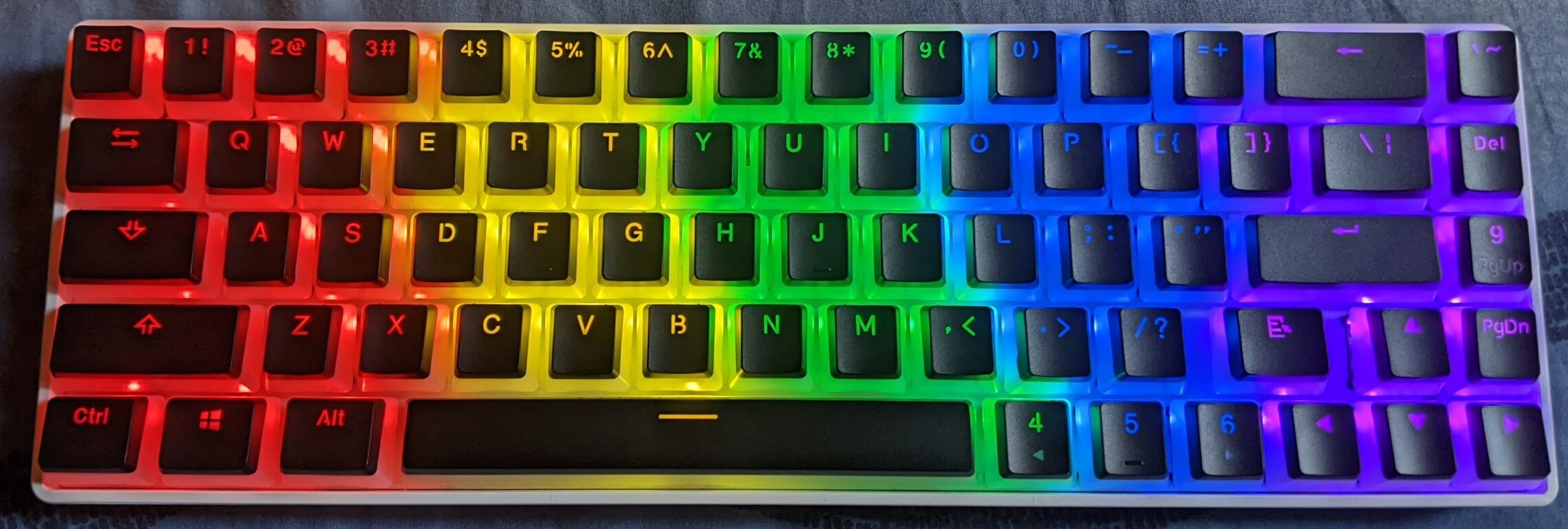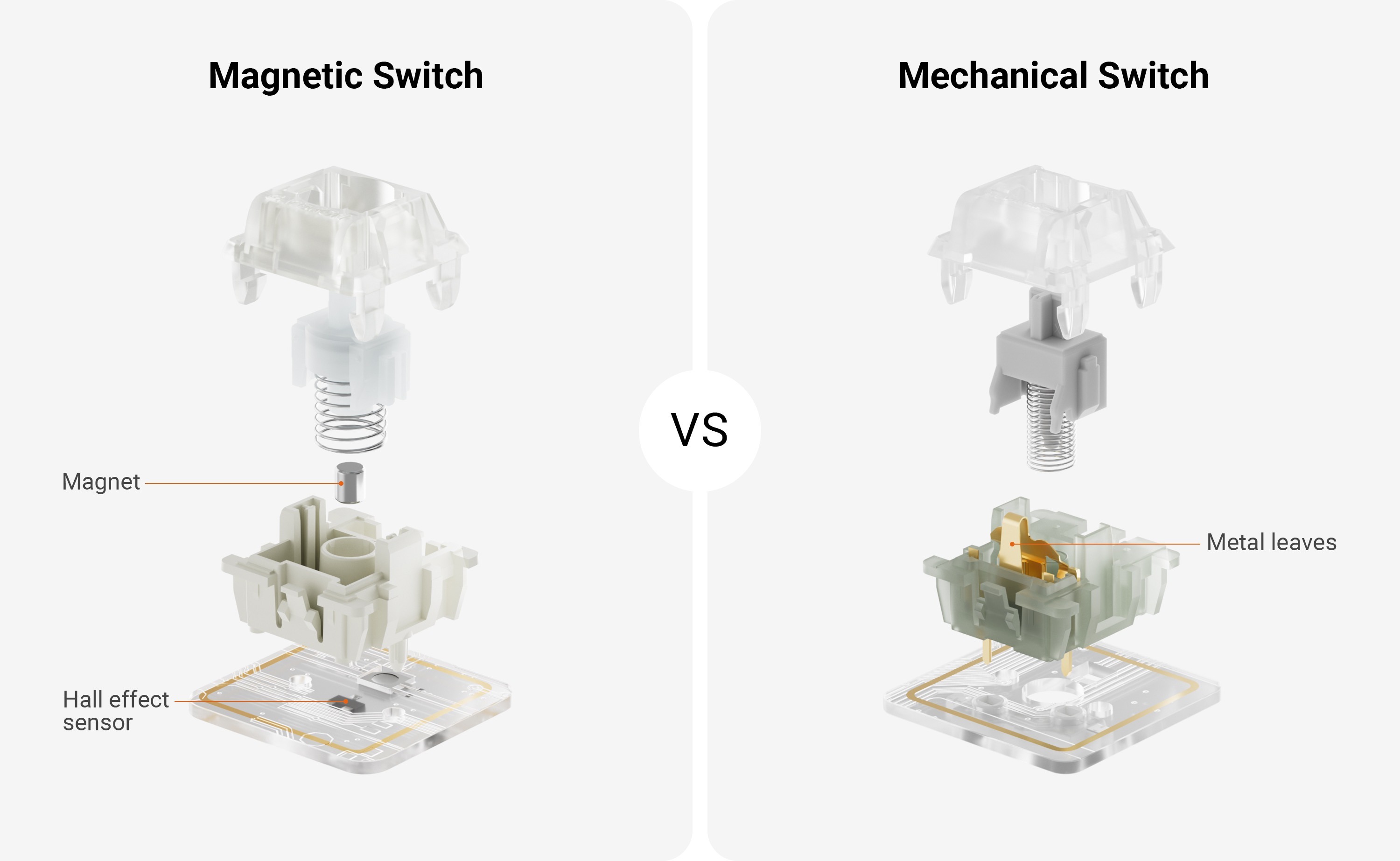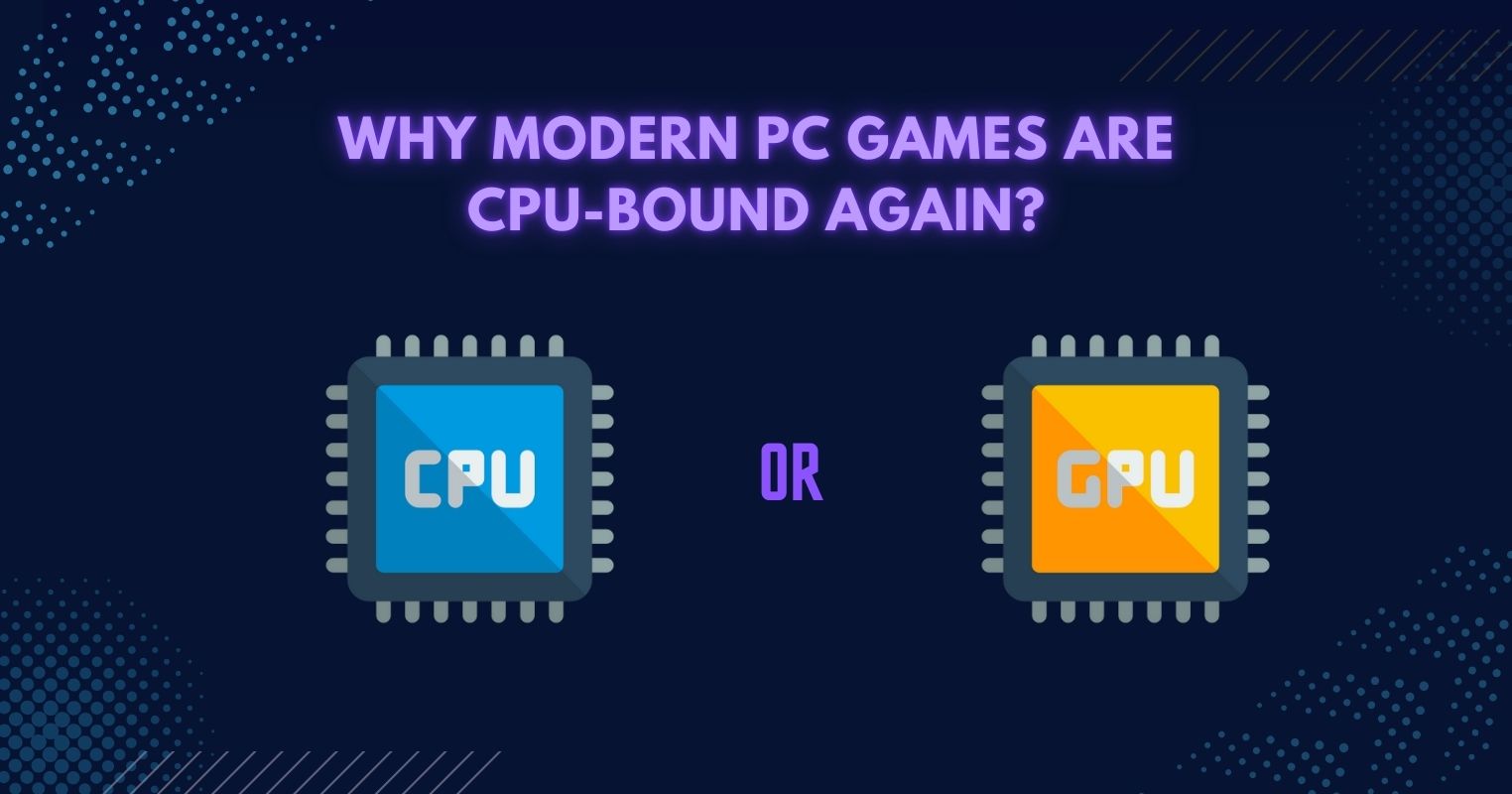- Mechanical keyboards used to be the first no-brainer purchase for any gamer or typist looking to up the ante, but that’s changed with the arrival of magnetic, aka Hall Effect, keyboards.
- The primary selling points for mechanical keyboards include their wide degree of customizability and personalization, along with the assortment of price ranges they’re sold at, varying from as little as $30 to over $250 for an enthusiast-grade offering.
- However, magnetic keyboards have a huge speed advantage over their mechanical rivals in addition to a slew of headline-grabbing SOCD features like Snap Tap, Rapid Trigger, and dynamically adjustable actuation points that instantly elevate any gamer’s performance.
Let’s face it: the mechanical keyboard revolution that dominated the last decade is quietly being dethroned. And no, it’s not because membrane keyboards made a miraculous comeback—it’s because magnetic (Hall Effect) keyboards are just better.
For years, mechanical keyboards were the undisputed kings of customization, feel, and performance.
Gamers swore by them. Typists adored them. Enthusiasts built entire communities around them. But now? Magnetic keyboards are doing everything mechanical keyboards did—just faster, smoother, and with way more tech.
And unless mechanical switches pull off some insane innovation soon, they might just fade into nostalgia.
The Golden Age Of Mechanical Keyboards
There was a time when mechanical keyboards were revolutionary.
Remember the hype? The CLICK-CLACK sound signature of Cherry MX Blues, the buttery smoothness of Reds, the subtle bump of Browns—each switch type had its own cult following.
- Cherry MX Blues – The typist’s dream (and the office worker’s nightmare).
- Gateron Yellows – Budget-friendly, but shockingly smooth.
- Kailh Box Jades – The clickiest switches known to mankind.
These are just a few examples of what were some of the most hyped-up mechanical switches built with different purposes in mind, ranging from a typist-focused switch like the Blues to the Browns for the casual gamers, whereas the Reds and Yellows were reserved for typists and gamers who prioritised speed above all else, with varying degrees of actuation force.

Oh. And let’s not forget the customization boom. Hot-swappable PCBs meant you could mix and match switches, tactile for WASD, linear for the rest, and silent for the spacebar.
Furthermore, RGB lighting exploded because of mechanical keyboards, turning desks into neon battlegrounds.
Moving on, what about pricing? Well, it’s safe to say gamers used to be spoiled for choice:
- $25-$100 – Decent entry-level boards (Redragon, Royal Kludge, Epomaker).
- $100–$150 – Premium mid-range (Ducky, Obinslab, Razer).
- $150-$200+ – Enthusiast-grade (Custom builds, Keychron, Logitech, DROP).
For years, this was as good as it got. Then, magnetic keyboards showed up and flipped the script.
Magnetic Keyboards: The Silent Assassins
Magnetic (Hall Effect) keyboards aren’t new, but they’ve only recently hit mainstream appeal. And once you try one? It’s hard to go back.
Why Are They Better?
- Speed & Silence – No physical contact means no switch wobble, no scratchiness, and near-instant actuation. Perfect for gamers who need zero lag.
- Durability – 100 million keystrokes on average vs. mechanical’s 50–80 million. These things last.
- Adjustable Actuation – Change how deeply a key needs to be pressed before registering. Want a hair-trigger for gaming? Done. Prefer a deeper press for typing? Easy.
Game-Changing Features
- Rapid Trigger – Resets the key the moment you lift it slightly, not when it fully rebounds. Faster than any mechanical switch.
- Snap Tap – Detects quick, successive taps without fully releasing the key. Perfect for rapid inputs in shooters.
- Dynamic Actuation Points – Set different depths for different keys. WASD at 0.5mm, spacebar at 2mm? No problem.

These features are so powerful that some eSports tournaments ban them, because they give players an unfair advantage.
Imagine a fighting game where your opponent’s inputs are literally faster than yours.
That’s the power of HE keyboards.
The Only Thing Holding Magnetic Keyboards Back: Price
Right now, HE keyboards are expensive.
While a decent mechanical board costs $80-$120, magnetic equivalents start at $150–$300.
Brands like Wooting, Corsair, Keychron, and Akko dominate the lists of the Best Magnetic Keyboards, but they’re premium products.

But here’s the thing—mechanical keyboards were expensive once, too. Remember when $200 for a keyboard seemed insane? Now, it’s normal. As HE tech becomes mainstream, prices will drop.
The Verdict: Mechanical Keyboards Had A Good Run
I’m not saying mechanical keyboards are dead.
They’ll always have a place for purists who love the tactile feel, audible feedback, and the endless extent to which one can personalize their keyboard with an unimaginable variety of switches, keycaps, and casing.
But for competitive gamers, blitz typists, and performance junkies? Magnetic keyboards are the future.
Faster. More durable. More customizable. The only question is—how long before everyone makes the switch?
Final Thought: Will Mechanical Keyboards Become Vintage?
While mechanical keyboards are slowly being phased out of fashion, they’ll never become truly extinct, not for a couple of decades at the very least.
That being said, the PCMR members have cast their votes, and the outlook is crystal clear—Hall Effect switches have pulled ahead of their mechanical counterparts.
Mechanical keyboards are no longer reigning supreme.
So, if you’re still clinging to your clicky Blues or thocky Holy Pandas, enjoy them while they last.
Because of the next generation of keyboards? They don’t just feel different—they play differently. And that’s a game-changer.
Thank you! Please share your positive feedback. 🔋
How could we improve this post? Please Help us. 😔
[Wiki Editor]
Ali Rashid Khan is an avid gamer, hardware enthusiast, photographer, and devoted litterateur with a period of experience spanning more than 14 years. Sporting a specialization with regards to the latest tech in flagship phones, gaming laptops, and top-of-the-line PCs, Ali is known for consistently presenting the most detailed objective perspective on all types of gaming products, ranging from the Best Motherboards, CPU Coolers, RAM kits, GPUs, and PSUs amongst numerous other peripherals. When he’s not busy writing, you’ll find Ali meddling with mechanical keyboards, indulging in vehicular racing, or professionally competing worldwide with fellow mind-sport athletes in Scrabble at an international level. Currently speaking, Ali has completed his A-Level GCEs with plans to go into either Allopathic Medicine or Business Studies, or who knows, perhaps a full-time dedicated technological journalist.
Get In Touch: alirashid@tech4gamers.com




